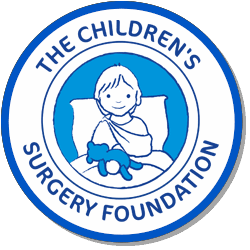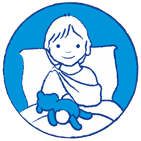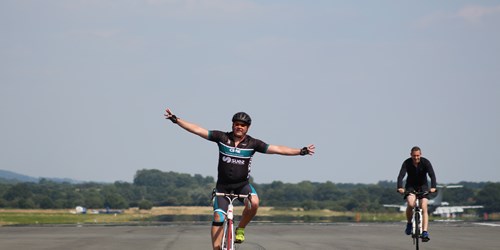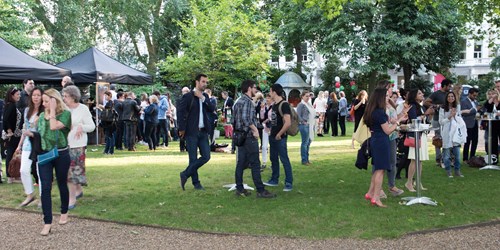How the swallowing station is helping children
19 Jun Archive
Previously the Chelsea Children’s Hospital Charity, we re-launched as The Children’s Surgery Foundation in 2019 to reflect the national scope of our work today. The story below is from our days as the Chelsea Children’s Hospital Charity.
We were thrilled to catch up with Analou Sugar, the Paediatric Speech and Language Therapist at Chelsea Children’s Hospital. Analou told us how the digital swallowing workstation is transforming the way babies and children are diagnosed and treated for swallowing problems.
This state-of-the-art equipment offers the most comprehensive insight into a patient’s swallowing process currently available in the world. It is the first swallowing station available to children in the UK. The information that clinicians receive enables a quicker diagnosis of patients, and in some cases, prevents babies and children undergoing surgery.

“I carry out various investigations on the swallowing workstation, with help from the ENT (Ear, Nose and Throat) team,” explains Analou. “We use a nasal scope which gives us a detailed picture of the child’s throat and swallow function, which help us with diagnosis. One of the great things is that the equipment allows us to do the investigations at the child’s bedside. And unlike an x-ray, there is no radiation involved, so we can do as many as needed.
“We are in the process of setting up an outpatient clinic to help more children with complex feeding and swallowing problems, and we also hope to contribute to the development of a paediatrics protocol for the UK using nasal endoscopy to assess swallow function.
“The support of the charity made it possible to obtain the swallowing station. The hospital didn’t have the funds to buy it. It’s a wonderful bonus for the babies and children here with feeding and swallowing problems.”
We were able to fund the swallowing station thanks to the efforts of a team from hospital business team CBRE, who raised £40,000 in an incredible 75-hour cycling marathon. Riding from John O’Groats to Land’s End, this remarkable team cycled non-stop in rotation, day and night, covering over 300 miles each day.






